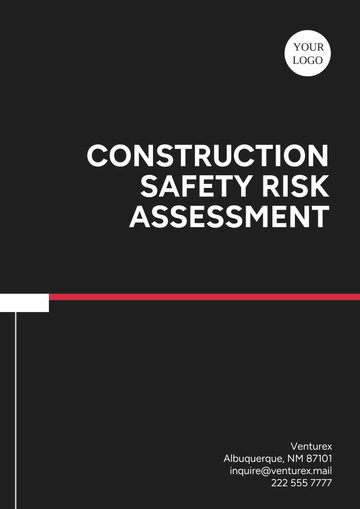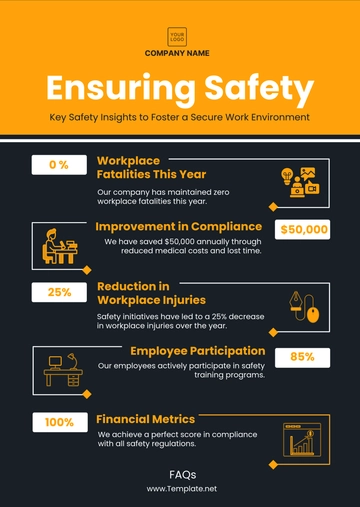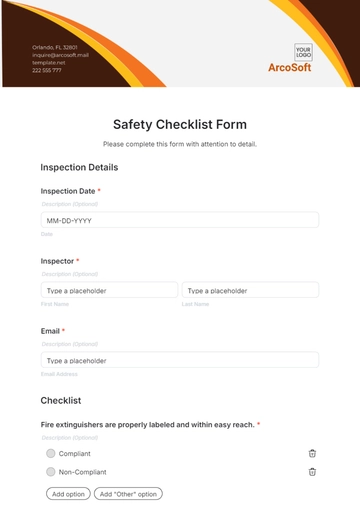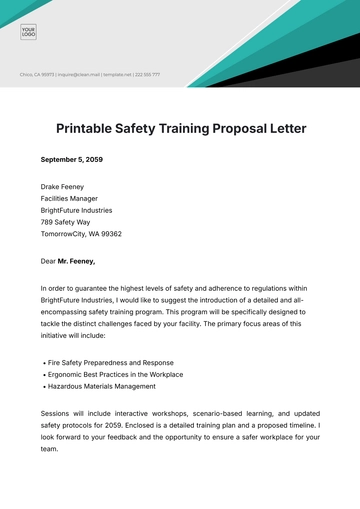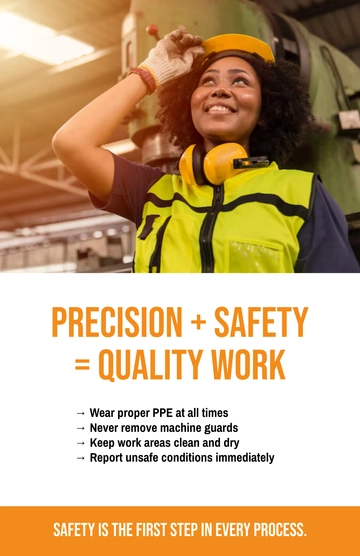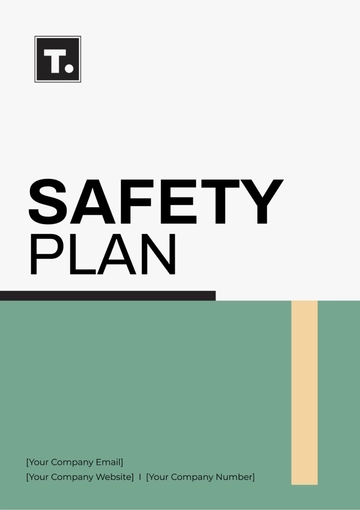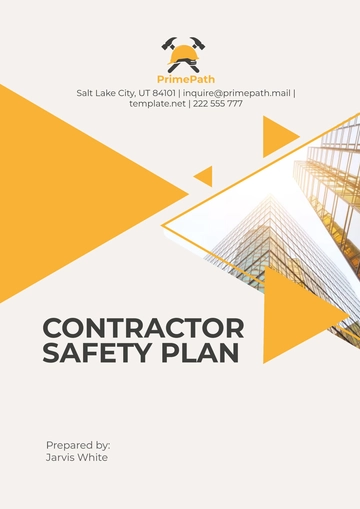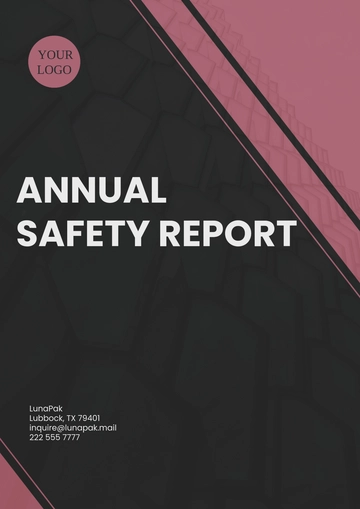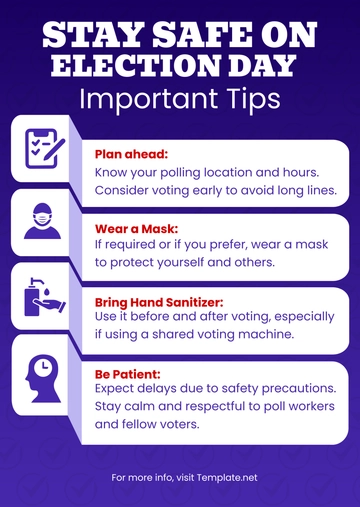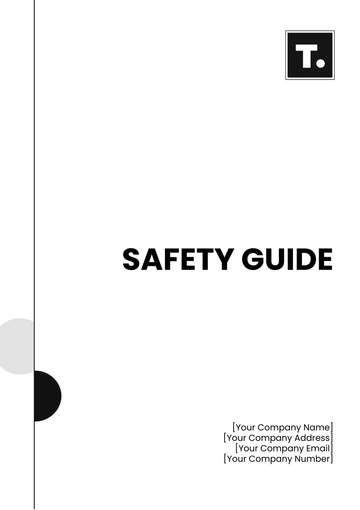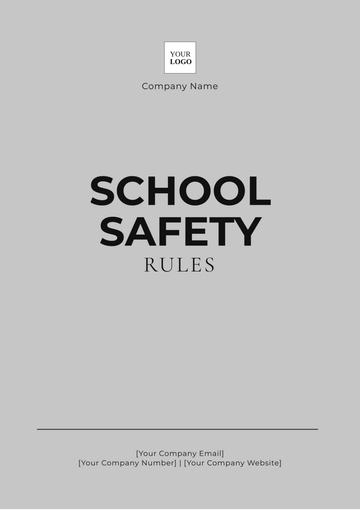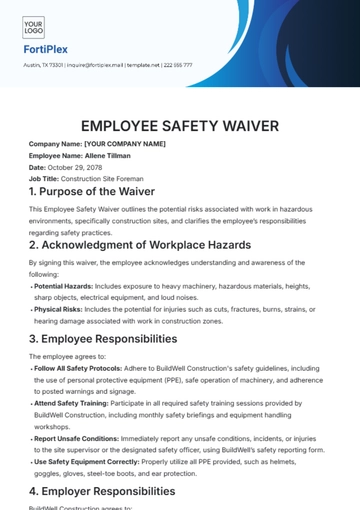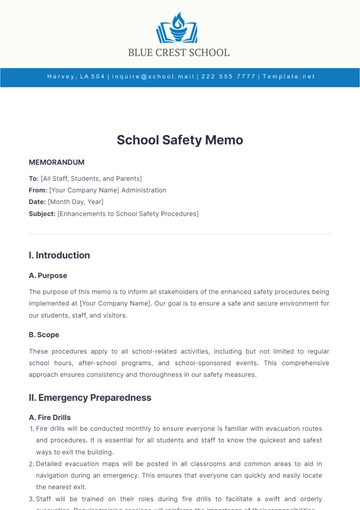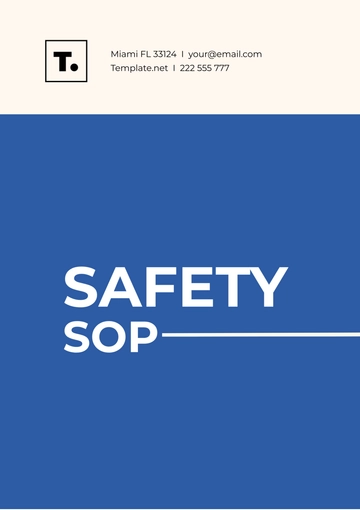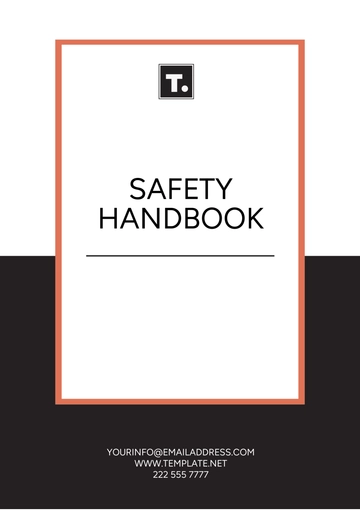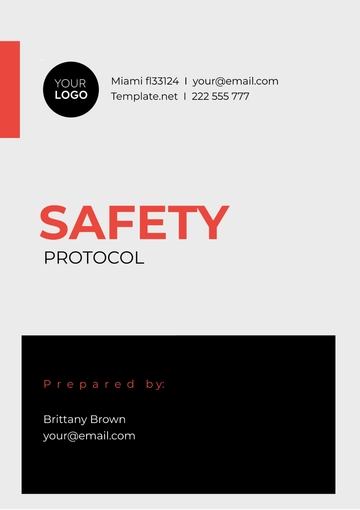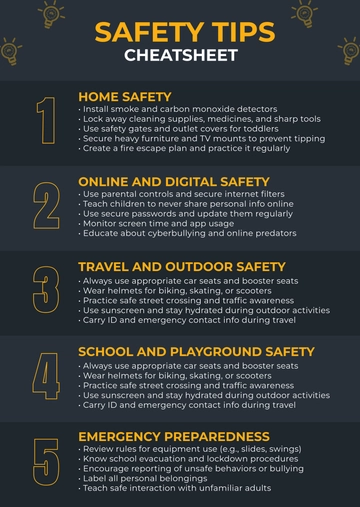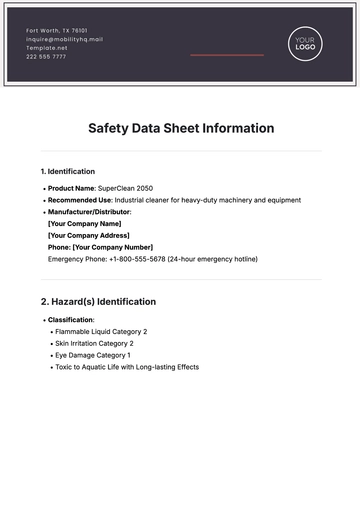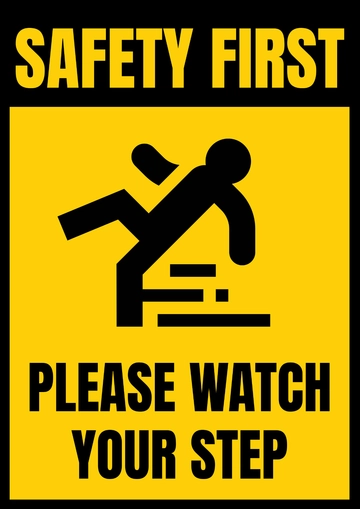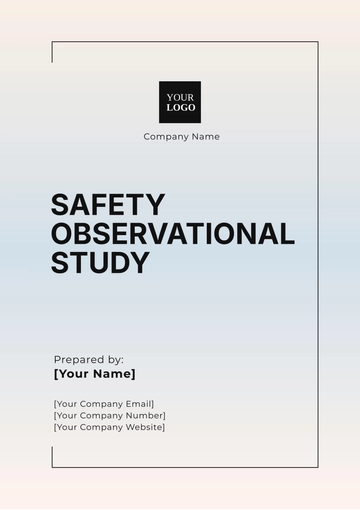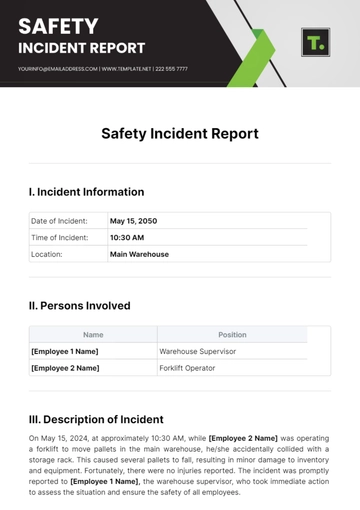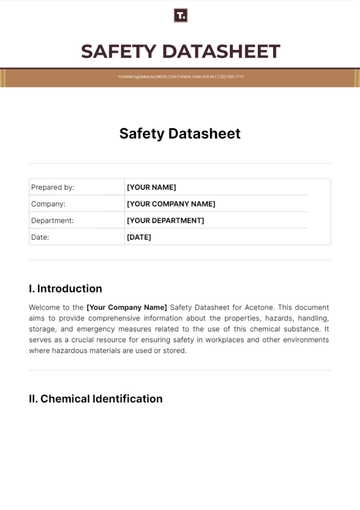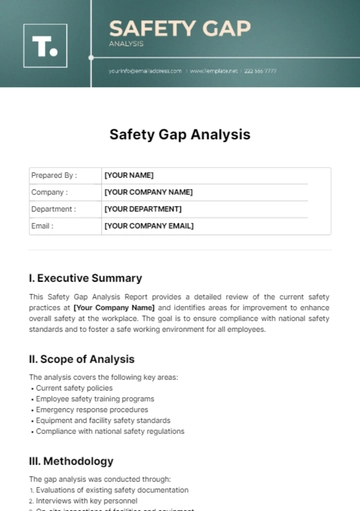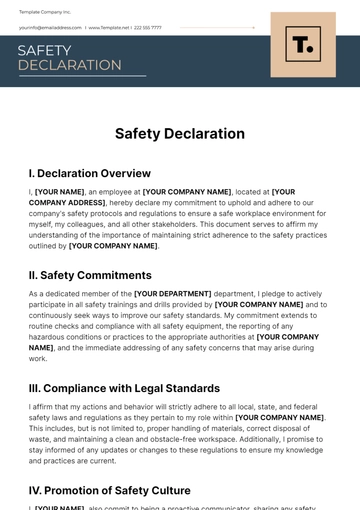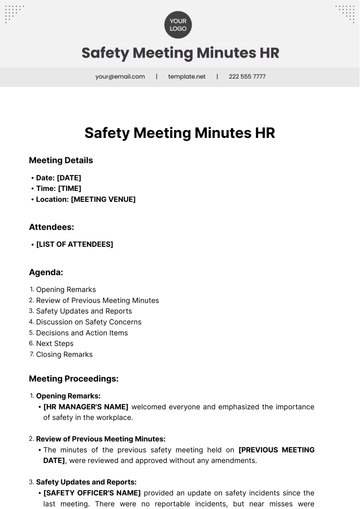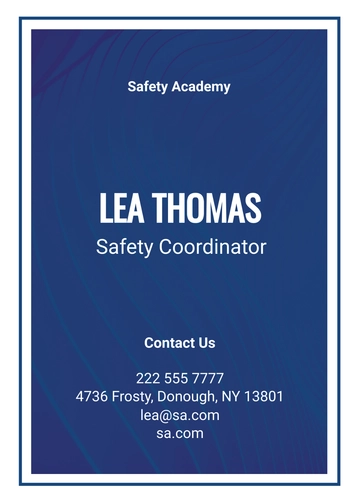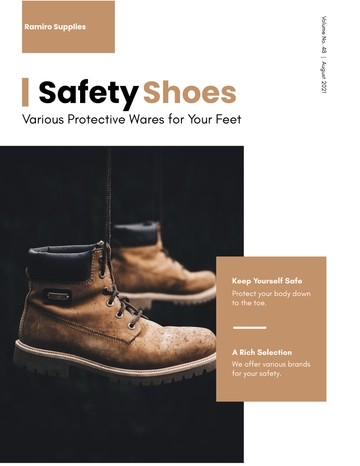Free School Safety Rules
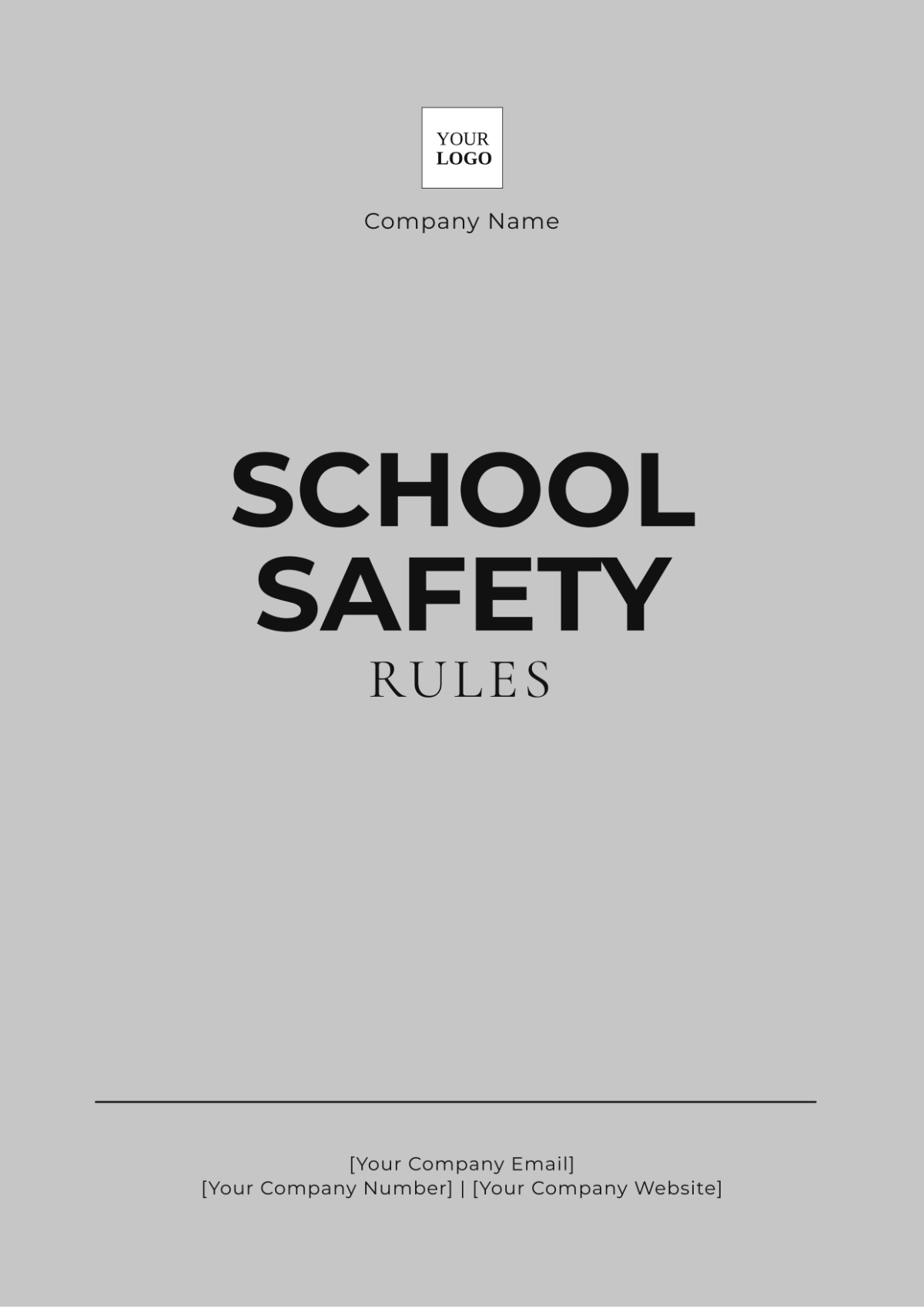
1. Introduction
These guidelines are designed to ensure the safety and well-being of students, staff, and visitors within a school environment. They cover various aspects of safety, including emergency procedures, behavior expectations, and risk management. The goal is to create a secure and supportive environment conducive to learning and personal growth.
2. Emergency Procedures
2.1 General Emergency Procedures
Evacuation Plans
Marked exits and routes.
Regular drills are conducted for students and staff.
Assembly points are designated outside the building.
Lockdown Procedures
Immediate lockdown upon notification of a threat.
Secure all doors and windows.
Silence communication devices and remain out of sight.
Medical Emergencies
First aid kits are accessible in key locations.
Emergency contact numbers are displayed prominently.
Staff trained in basic first aid and CPR.
2.2 Fire Safety
Fire Drills
Scheduled fire drills at least once per term.
Documentation of drill outcomes and areas for improvement.
Fire Extinguishers
Located in strategic locations throughout the school.
Regular maintenance checks to ensure functionality.
Fire Safety Training
Training provided for all staff on fire safety protocols and extinguisher use.
2.3 Natural Disasters
Earthquake Procedures
“Drop, Cover, and Hold On” drills.
Safe zones are identified within classrooms and common areas.
Severe Weather
Procedures for sheltering during tornadoes, hurricanes, or other severe weather events.
Communication plan for informing parents and guardians.
3. Behavior Expectations
3.1 Student Conduct
Code of Conduct
Clear guidelines on expected behavior within the school.
Consequences for violations, including bullying, harassment, and vandalism.
Positive Behavior Support
Programs to reinforce and reward positive behavior.
Counseling and support services for behavioral issues.
3.2 Staff Conduct
Professional Standards
Expectations for maintaining a professional demeanor and ethical behavior.
Procedures for reporting and addressing staff misconduct.
Training and Development
Regular training on behavior management and conflict resolution.
3.3 Visitor Guidelines
Visitor Check-In Procedures
All visitors must sign in at the main office and wear identification badges.
Restrictions on visitor access to certain areas of the school.
Visitor Conduct
Expectations for visitor behavior to ensure a safe environment for students and staff.
Procedures for addressing inappropriate behavior by visitors.
4. Risk Management
4.1 Safety Inspections
Regular Inspections
Scheduled inspections of school facilities for potential safety hazards.
Documentation and follow-up on identified issues.
Maintenance and Repairs
Prompt addressing of maintenance issues to prevent accidents.
Regular review of maintenance logs and safety reports.
4.2 Health and Hygiene
Sanitation Practices
Regular cleaning and disinfecting of classrooms and common areas.
Availability of handwashing facilities and hand sanitizers.
Health Policies
Guidelines for managing communicable diseases and illnesses.
Procedures for reporting and addressing health concerns within the school.
4.3 Security Measures
Surveillance Systems
Installation and maintenance of security cameras in key areas.
Regular review of surveillance footage for security purposes.
Access Control
Secure entry points with controlled access for staff and visitors.
Protocols for monitoring and managing access to the school.
5. Communication and Reporting
5.1 Internal Communication
Emergency Alerts
Systems in place for rapid dissemination of emergency alerts to staff and students (e.g., PA system, text alerts).
Regular testing of alert systems to ensure functionality.
Incident Reporting
Procedures for reporting accidents, injuries, and safety concerns.
Designated personnel responsible for documenting and following up on reported incidents.
5.2 Communication with Parents and Guardians
Emergency Notifications
Timely communication with parents and guardians regarding school emergencies or closures.
Use of multiple channels (e.g., phone calls, emails, school website) to ensure information reaches all families.
Regular Updates
Periodic updates on school safety practices and any changes to protocols.
Opportunities for parents and guardians to provide feedback or ask questions about safety measures.
5.3 External Communication
Coordination with Emergency Services
Established protocols for coordinating with local emergency services (e.g., police, fire department, medical responders).
Contact information for emergency services is readily available.
Public Information
Guidelines for communicating with the media and the public in the event of a significant incident.
Designated spokesperson to handle media inquiries and provide accurate information.
6. Conclusion
These guidelines are integral to maintaining a safe and conducive learning environment. All members of the school community are encouraged to familiarize themselves with these procedures and adhere to them to ensure the well-being of everyone within the school environment. Regular reviews and updates to these guidelines will be conducted to address emerging safety concerns and improve overall safety protocols.
- 100% Customizable, free editor
- Access 1 Million+ Templates, photo’s & graphics
- Download or share as a template
- Click and replace photos, graphics, text, backgrounds
- Resize, crop, AI write & more
- Access advanced editor
Introducing the School Safety Rules Template from Template.net! This fully customizable template is editable in our AI Editor Tool, allowing for effortless updates and personalization. Designed to streamline your school’s safety procedures, it offers flexibility and ease of use. Enhance your safety protocols with this intuitive, editable template today!
